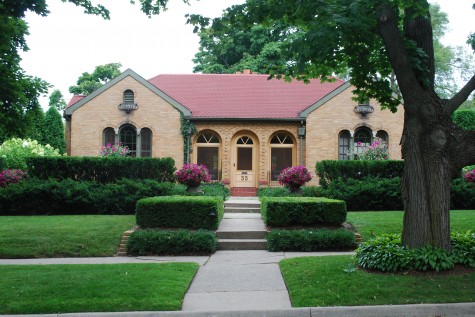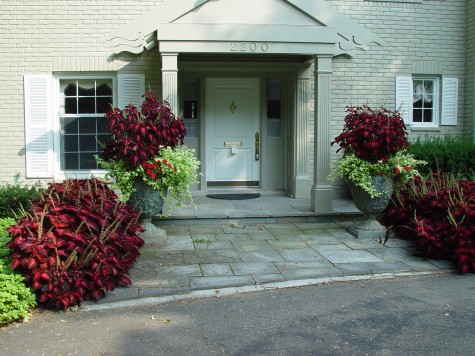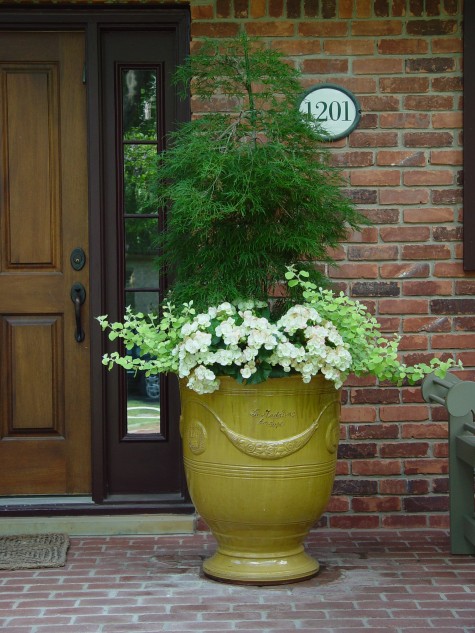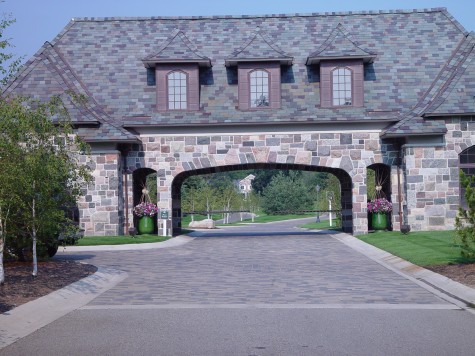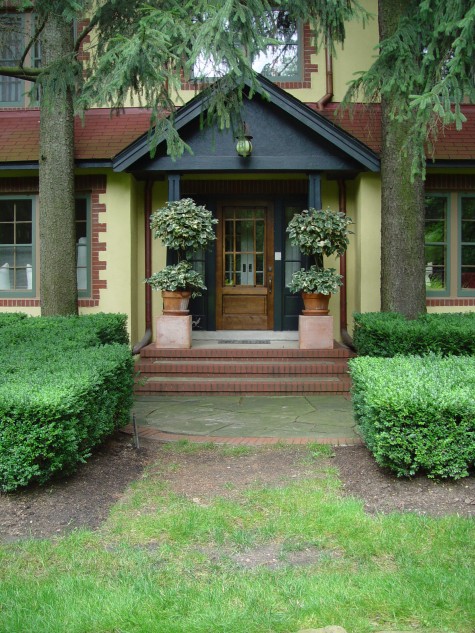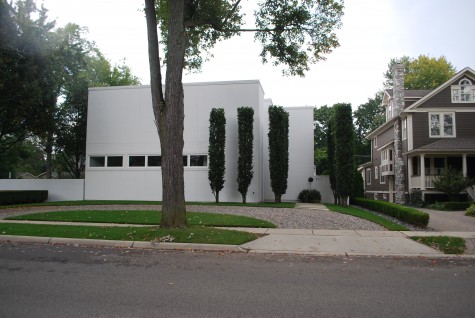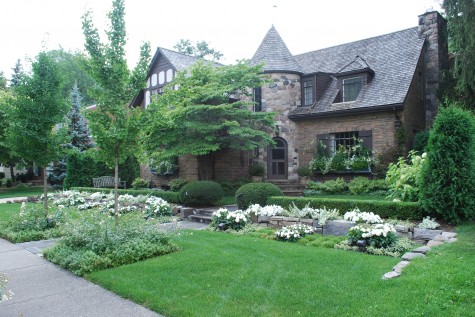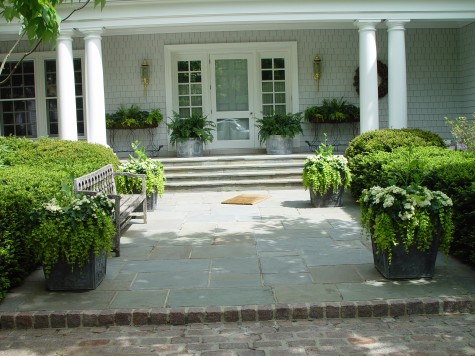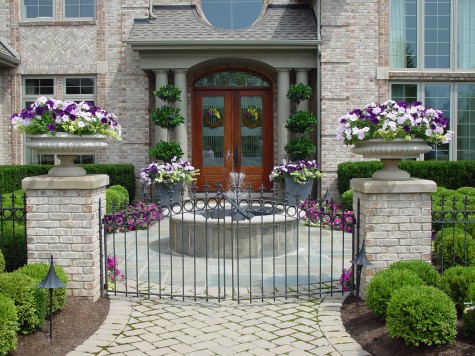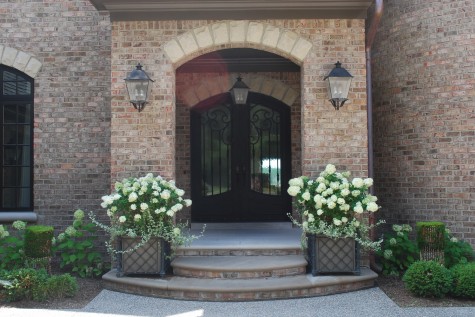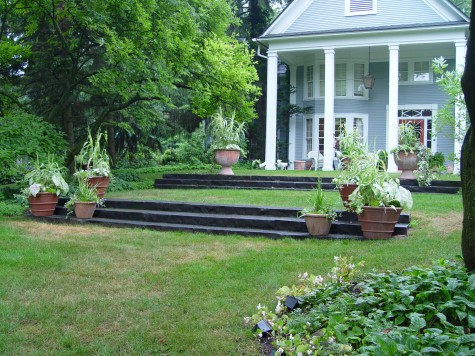 New Lime is a paint color from Benjamin Moore. 2025-30, to be exact. Jenny just painted 4 terra cotta pots this color for a client-I am very interested to see what she plants in them. Whatever she does, it will be exciting to the eye. I have a long history of fascination with lime green. I can still see my mother’s raised eyebrows when I picked out a lime green dress for my junior prom-never mind the reaction of my classmates all decked out in peach, pink and blue chiffon. To my eye, lime green is all about watery fresh, mint, new, light, lively-everything a spring garden has to offer. My Princeton Gold Maples are lime green all summer-but when the first leaf out-this I would call wildly lime. Delish.
New Lime is a paint color from Benjamin Moore. 2025-30, to be exact. Jenny just painted 4 terra cotta pots this color for a client-I am very interested to see what she plants in them. Whatever she does, it will be exciting to the eye. I have a long history of fascination with lime green. I can still see my mother’s raised eyebrows when I picked out a lime green dress for my junior prom-never mind the reaction of my classmates all decked out in peach, pink and blue chiffon. To my eye, lime green is all about watery fresh, mint, new, light, lively-everything a spring garden has to offer. My Princeton Gold Maples are lime green all summer-but when the first leaf out-this I would call wildly lime. Delish.
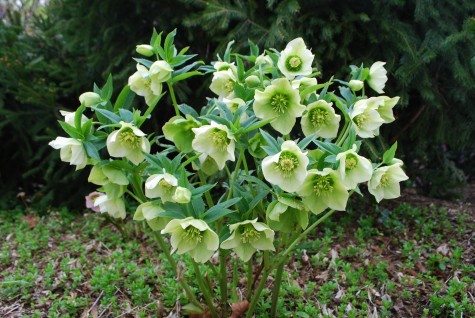 There are few hellebores I would turn away from my garden, but I have a particular love of the green ones. There is something about that color that says spring so strongly, I am not able to resist.
There are few hellebores I would turn away from my garden, but I have a particular love of the green ones. There is something about that color that says spring so strongly, I am not able to resist.
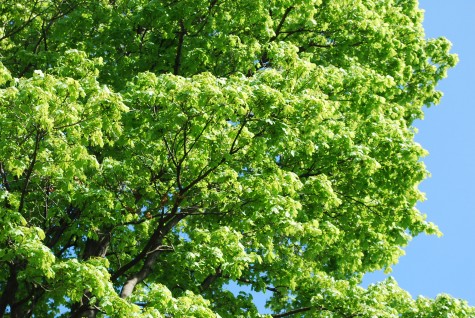 The giant maple in my fountain garden blooms chartreuse, and leafs out new lime. Though the leaves turn dark green as they mature, this is my favorite time for them. Even the blue of the sky seems new.
The giant maple in my fountain garden blooms chartreuse, and leafs out new lime. Though the leaves turn dark green as they mature, this is my favorite time for them. Even the blue of the sky seems new.
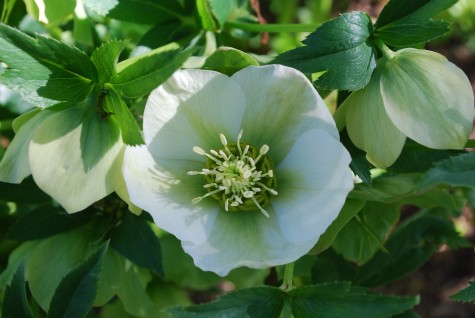 Many white flowers are stained green-hellebores are no exception. Ranunculus, dahlias, Japanese anemones, Sally Holmes roses-what I like best about white flowers is the green that comes with them.
Many white flowers are stained green-hellebores are no exception. Ranunculus, dahlias, Japanese anemones, Sally Holmes roses-what I like best about white flowers is the green that comes with them.
 Lime green hostas so light up a shady spot. The beds of Sum and Substance hosta on either side of my drive are veastly better than landscape lighting at dusk. This picture was taken late in the summer-the plants still look fresh. Chartreuse green has the effect of endowing any other color with a little electricity.
Lime green hostas so light up a shady spot. The beds of Sum and Substance hosta on either side of my drive are veastly better than landscape lighting at dusk. This picture was taken late in the summer-the plants still look fresh. Chartreuse green has the effect of endowing any other color with a little electricity.
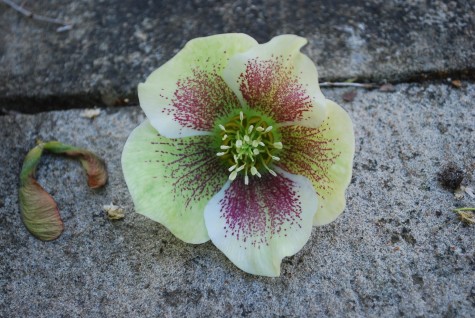 This spotted hellebore is from the Royal Heritage strain/mix. Some seedlings grow up a dark and muddy rose/red/mauve-not my favorites. I do like the spotted flowers; that background green makes that wine red spotting read clearly. Not that I have one thing against mud-every gardener’s spring is chock full of it. I am not in the mood for moody in the spring.
This spotted hellebore is from the Royal Heritage strain/mix. Some seedlings grow up a dark and muddy rose/red/mauve-not my favorites. I do like the spotted flowers; that background green makes that wine red spotting read clearly. Not that I have one thing against mud-every gardener’s spring is chock full of it. I am not in the mood for moody in the spring.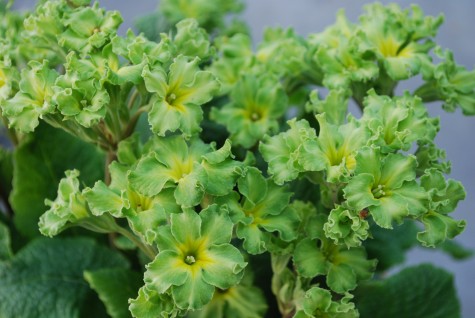 This green lace primrose is as frilly and cheery as any spring flower I have ever seen. Everything I have read tags this plant as a zone 6-I would not expect it to be hardy in my area, unless I make special provisions, and pray a lot. However, they do wonders for a spring container planting.
This green lace primrose is as frilly and cheery as any spring flower I have ever seen. Everything I have read tags this plant as a zone 6-I would not expect it to be hardy in my area, unless I make special provisions, and pray a lot. However, they do wonders for a spring container planting.
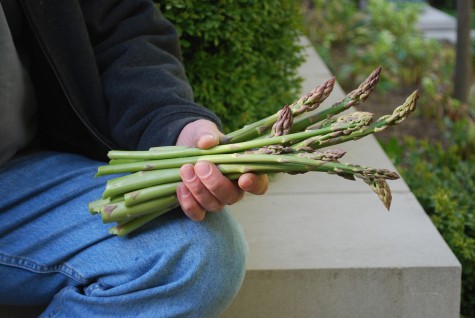
The asparagus in my yard has been popping up for several weeks-though its color is a darker version of lime, they make my mouth water.

To give your spring containers a big dose of luscious, lime them up. New lettuce is a great companion plant. Other good green choices for spring containers? Parsley, rosemary, strawberries, creeping jenny, angelina. But this lettuce is a one-plant brass band playing that tune, spring is in the air.
